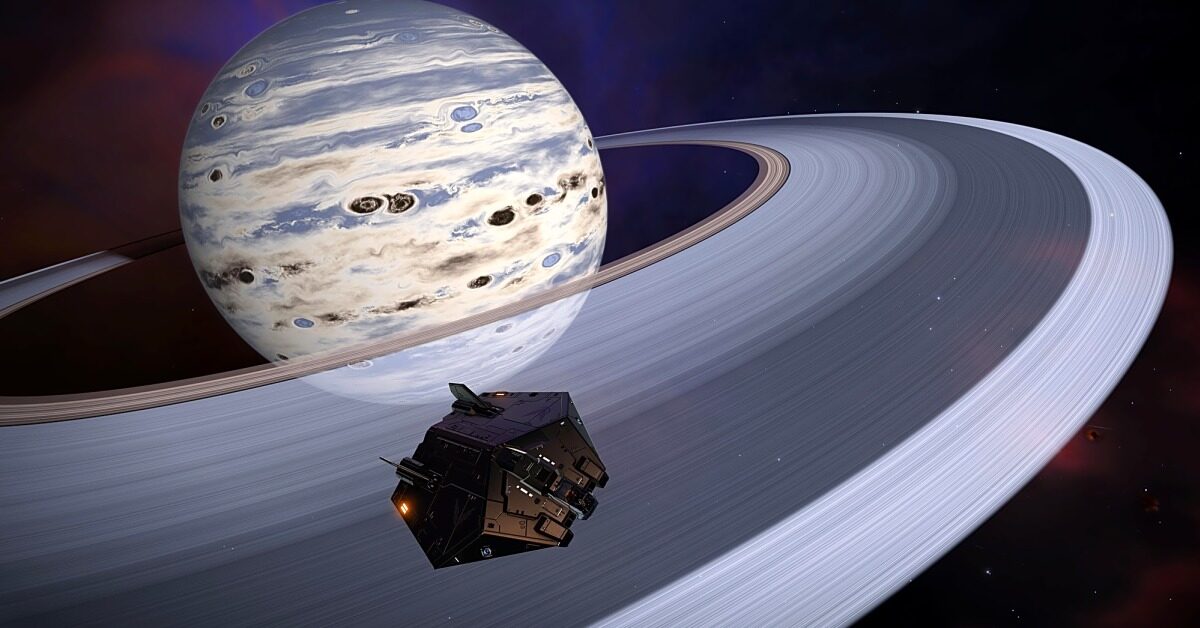Planets – Odyssey Magazine
The galactic center is an intense radio source known as Sagittarius A*, a supermassive black hole of 4,100 (± 0.03 million solar masses. This illustration shows what the surface of TRAPPIST-1f, one of the seven planets in the TRAPPIST-1 system, might look like. The apex of the Sun’s path, or solar apex, is the direction … Read more
There are a lot of different Uranus facts out there to learn about, like its distance from the Sun, or its rotating patterns. Uranus is still relatively unexplored in comparison to the terrestrial planets, but we know more about it today than ever, even if we’ve only had one spacecraft in its vicinity. Let’s look … Read more
These bodies are mostly composed of hydrogen at temperatures above the “hydrogen critical point”, which means that there is no clear boundary between solid, liquid and gas. Do gas giants have a solid surface? The answer is that the two gas giants do not have a solid surface, and it would be impossible for a … Read more
Because gas giants are so massive, they are able to attract more satellites. The gas giants may be big, but the stars are much bigger. As such, they have much stronger gravitational fields. So when a hot Jupiter gets too close to its star, the star ends up stealing its moons. Why gas giants have … Read more
The planet Mercury is one of the most interesting parts of our solar system. Our first recordings of Mercury date back a few thousand years, though it’s very likely that humans noticed Mercury from the Earth long before that. There are many facts about Mercury that are good to know, and we’ll take a look … Read more
Lost time is especially vexing because, in a universe full of mysteries, its age has been regarded as one of the few near certainties. For Bond, the similarities between the age of the universe and the age of this nearby old star, both determined by different methods of analysis, is an astonishing scientific achievement that … Read more
The planet Saturn has intrigued astronomers for centuries. Since it was first seen through a powerful telescope in the 17th Century, scientists have wondered what Saturn is made of, and how its rings came to be. Fortunately, nowadays we know a lot more about Saturn than we ever have before, after four successful missions. So, … Read more
Neptune is the eighth and final planet in its distance from the Sun. It has rings like Saturn, but they aren’t as well known or studied. It has the strongest winds in our solar system, but we still don’t know everything about this strange yet wonderful planet. Let’s look at some of the best Neptune … Read more
Jupiter is known as the largest planet in our solar system and the closest to us of the gas giants. It’s one of the brightest objects in our solar system, and it’s been the focus of many different spacecraft missions over the last century. It takes its name from the Roman equivalent of Zeus, likely … Read more
In recent years, going to Mars has become more and more achievable. What was once a pipe dream is now likely to become a reality in the next decade, as we know more about Mars than ever. And whilst the planets closer to the Sun would fry us to death, and the gas and ice … Read more
We take our planet for granted. Though it doesn’t have the Rings of Saturn or the moons of Jupiter, it’s as intriguing and unique as of the others. People don’t tend to take as much interest in the Earth as other planets, probably because we’re living on it. But the fact of the matter is … Read more
There are many things to learn about Venus, from its extremely high temperatures to its low wind speeds, there are a lot of different Venus facts for us to learn. We don’t know as much about Venus as we do about Mars, but thanks to spacecrafts like Magellan, we know a lot more now than … Read more








